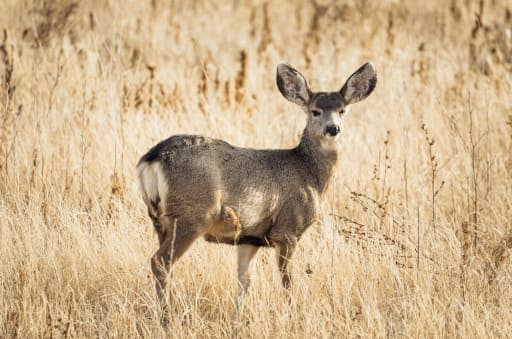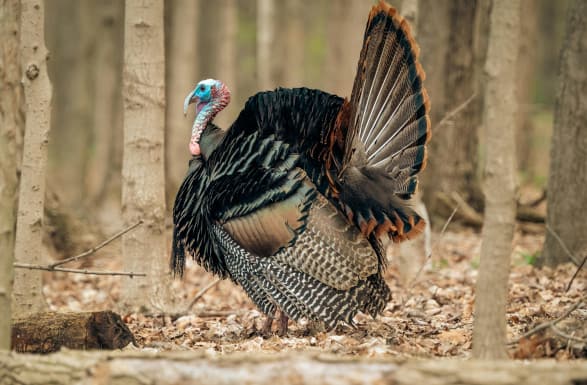
314 S Gillette Ave, Gillette, WY 82716
Phone Number: 307-686-0040
Monday through Friday: 8 am – 4:30 pm
Nestled amongst sagebrush grasslands, towering ponderosa pines, and juniper flats, Campbell County is one of the best wildlife viewing areas in Wyoming. As you prepare to embark on your Gillette getaway, remember to pack your camera and keep those peepers peeled.
Wildlife is so abundant in Gillette that pronghorns actually outnumber the people. Although pronghorns are not technically antelope, they are often referred to as such because of their similar horns. Identifiable by their distinctive white fur patches on the rump, sides, bellies, and throats, Wyoming animals are indigenous to interior western and central North America. Capable of reaching 65 miles per hour, pronghorns are also known as the fastest animal in North America and the second fastest in the world.
During your visit to Gillette, you’re likely to see pronghorns anywhere—especially at dusk and dawn.
On February 23, 1985, the bison became Wyoming’s state mammal—arguably the most famous animal in Wyoming. Commonly referred to as buffalo, bison are North America’s largest terrestrial animals. These majestic creatures (both male and female) have a hump over the front shoulders and short, pointed horns. Males can be as tall as 6 ½ feet and weigh between 1,800–2,400 pounds.
The best way to get up close and personal with Wyoming’s bison is at Durham Ranch, one of the world’s largest and oldest working buffalo ranches. This 55,000-acre ranch is located in Wright and offers two-hour tours and plenty of photo opportunities.

Named after their large, mule-like ears, mule deer are tannish-brown in the summer and a brownish-gray color in the winter with a white rump patch and a small white tail with a black tip. Mostly browsers, mule deer are often found snacking on berries, leaves, and twigs of woody shrubs.

In 1935, New Mexico traded 15 turkeys—nine hens and six toms—to Wyoming for sage-grouse, which led to the introduction of wild turkeys to Wyoming. In a little more than ten years, the wild turkey population was estimated to reach more than 1,000.
Found in—you guessed it— the Rocky Mountains, these elk are very sociable, meaning you’ll most likely see them in a herd. Male Rocky Mountain elk boast the largest antlers of all elk subspecies, which can weigh up to 40 pounds. When looking for these Wyoming animals, keep an eye out for copper-brown coats in the summer and light tan in the winter.
Although elk spend most of their time in the mountains, the best place to spot elk in Campbell County is along Echeta Road or on the bluffs to the west of the road, south of Gillette on WY-HWY 59 and WY-HWY 450 near the Rochelle Hill Country, south of Gillette on Bishop Road and north of town on Wyoming HWY 14-16 near the Powder River Valley. The best times to see them grazing are early morning and dusk.

Gillette is home to two Wyoming Game and Fish Department self-guided Wildlife Loop Tours that give you the opportunity to see Wyoming animals from the comfort of your car. Meandering through the Rochelle Hills, both the West Tour (three hours) and the East Tour (two hours) provide excellent opportunities to see a variety of Wyoming wildlife. Along the loops, you’ll have the opportunity to spot wild turkeys, mule deer, elk, and, of course, pronghorn.
Grab your Wildlife Loop Tour information at the Gillette Visitor Center at 314 S. Gillette Ave.
Whether you’re on a hike or in your car, remember to give Wyoming wildlife plenty of space for your safety and theirs. And always, remember to practice the Leave No Trace Principles.

314 S Gillette Ave, Gillette, WY 82716
Phone Number: 307-686-0040
Monday through Friday: 8 am – 4:30 pm
Use the link below or navigate to our contact page to order a copy of our visitors guide!